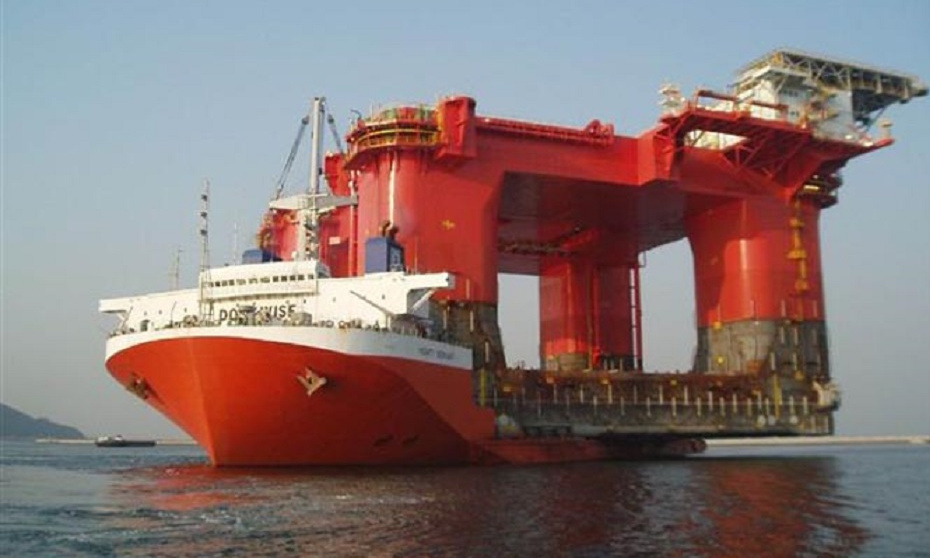
Investors are about to find out whether the world’s largest oil companies have learned their lesson from $80 billion of cost blowouts in major projects during the era of $100 crude.
From liquefied natural gas in Mozambique to deep-oil in Guyana, the world’s biggest energy companies are gearing up to sanction the first slate of mega-projects since the price crash in 2014, Wood Mackenzie Ltd. analysts including Angus Rodger said in a report. Firms will approve about $300 billion in spending on such ventures in 2019 and 2020, more than in the three years from 2015 to 2017 combined.
That spree will provide the first real test to the capital discipline that energy companies have vowed they adopted after oil’s collapse, when they downsized their ambitions and began to complete projects on time and below budget. Before the crash, the 15 biggest oil and gas projects combined went $80 billion over budget, eating away at investor returns, Rodger said.
“Oil companies have improved their delivery in small projects, but can they do it with bigger ones?†Rodger said in a phone interview from Singapore. “There’s massive upside on the table if they can show sustained success with capital discipline as oil prices rise. They could deliver the best returns in a decade.â€
Cost Overshoot
Several years of oil prices in the $100s at the start of this decade emboldened companies to take on massive, complicated projects to extract as much of the valuable oil and gas as they could, Rodger said. That spurred developments like Chevron Corp.’s Gorgon LNG project on the remote Barrow Island in western Australia, where costs ballooned from an initial expected $37 billion to $54 billion.
Cost overruns on projects sanctioned from 2008 to 2014 diluted returns to 12 percent on average, compared with an expected 19 percent at the time of investment, according to Wood Mackenzie.
“Oil companies already had a history of bad project management, and then adding $100 oil to that was like pouring gasoline on a fire,†Rodger said. “Costs got out of control.â€
Those weak returns and plummeting oil prices that began in 2014 forced energy companies to rethink the way they spend. They started targeting smaller fields or expansions of existing projects that were cheaper and could be finished quicker. Fields sanctioned since 2014 have on average been delivered ahead of schedule and under budget, Wood Mackenzie said.
Scaling Up
While the dearth of mega projects has helped energy prices recover, with oil and LNG returning to the highest levels since 2014 earlier this year, large investments are again needed, Rodger said. What’s uncertain is whether the cost discipline energy companies enforced on smaller projects could be replicated on a much bigger scale.
For example, oilfield service providers like Halliburton Co. and Schlumberger Ltd. shrunk their workforce during the downturn, leaving only the best roughnecks to work on projects. It remains to be seen if such companies will be able to deliver as efficiently as they scale up to handle new projects, Rodger said.
Oil companies will also have to avoid the temptation from rising oil and gas prices to expand the scope of projects in order to maximize production, Rodger said. Benchmark crude Brent was trading up 0.7 percent at $73.13 a barrel as of 9:09 a.m. London on Tuesday, about 44 percent higher than a year ago.
Check out our other current stories, we dare you…
- 13 Rigs added last week to US rig count!
- Exxon in support of Permian highway Pipeline
- US flexing muscle with exports
See what we can do for you today!




